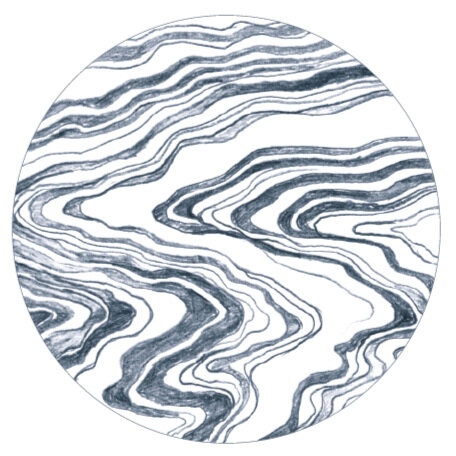Thank you for your interest in the taiji (or more commonly known as tai chi) classes I will soon be offering. Taiji and its related qigong exercises can be categorized as “Yang Sheng,” or “Nourishing Life,” exercises. The concept of nourishing life through a set of quite specific movements, visualizations, and breathing exercises is unique to this system of exercise, and perhaps why it has such a power to heal and transform.
As many of you know, I am a big fan of taiji because of what it has done time and again for my health. I first started taiji in 2005 because of the severe and systemic pain and fatigue I was having. I had seen all kinds of doctors and therapists for several years; I was doing yoga stretches morning and night to get me through my days, and my mental health was becoming increasingly taxed with all the pain and fatigue. I knew nothing about taiji except that it was highly recommended for health, so I decided to join the kung fu school that my husband had also just started at.
From the first class, I started feeling better. I still had a long road to recovery, but there was something different about this exercise than anything else I had tried. It was about building the “internal energy” rather than expending energy externally. The three-part coordination of breath, movement, and mental focus not only helped my pain levels decrease; it made me feel happy, content, and more stable in my emotional health. It was also great exercise. My legs, shoulders, and core muscles strengthened and toned. I had much more energy overall.
About a year after I started taiji classes, I decided to go to acupuncture school. I needed to learn more about this healing modality. I’ve often thought that if people did taiji, they wouldn’t need acupuncture or pain doctors for that matter. In some respects, acupuncture and taiji do the same thing in the body: they unblock stuck qi, they balance yin and yang, and they build the body’s natural resilience to the external stressors we all face.
Taiji, also know as taijiquan, tai chi, or t’ai chi ch’uan, translates to “supreme ultimate,” or “supreme ultimate fist.” Please note that the difference in spelling is due simply to the difference in systems of Romanization. I have chosen to use “tai ji” because it is the most up-to-date and correct spelling using the standardized pinyin rather than the more antiquated Wade-Giles system. (It must be said, also, that “tai chi” is downright wrong as it is neither Pinyin nor Wade Giles…. but also the most common American spelling of the practice!)
There are different levels of interpretation of what taijiquan means. “Quan,” or “fist” is a straightforward reference to the fact that taiji is indeed a martial art and all the moves in taiji were invented for fighting. “Taiji,” or “supreme ultimate” gets a little more complicated. On one hand it can refer to taiji being the best fighting method, or the supreme ultimate martial art. However more in-depth translations of the characters imply a person standing balanced between the yin-yang polarities of heaven and earth. It also incorporates the idea that we stand with a relaxed and rooted energy similar to a tree, and could be a reference to the “zhan zhuang” practice of standing meditation, or standing still like a tree or pole. As an aside, this standing meditation is my favorite part of taiji practice, and will be something that I teach in class. I have done many styles of meditation, and I have found zhan zhuang meditation by far to be the most effective and efficient way for me to clear my mind, focus my energy, and stay happy!
I am looking forward to sharing what I know of taiji in class with you. I will say – it is not easy. Or – in the words of my Sifu Henry Moy – “Looks easy – Not easy.” Please stay patient with yourself and also the process as you attempt to learn taiji. It is not about what you look like, but rather about the process of doing. Almost everyone feels awkward and uncoordinated when they first start doing taiji. The more you put into learning taiji, the more you will get out of it. If you practice at home and try to remember the moves of the forms and the exercises we do in class, you will learn and retain the forms better, in addition to reaping the daily benefits of doing taiji. These benefits, in my experience, are the best part of taiji: better focus and memory, better mood, feeling more grounded, being better able to control your emotions, feeling stronger, having better reflexes, having less pain and physical discomfort, having amazing balance, and being able to use your body in a more efficient and effective manner for almost any task at hand.
I hope to see you in class! -Beth Leatherman, April 2021
